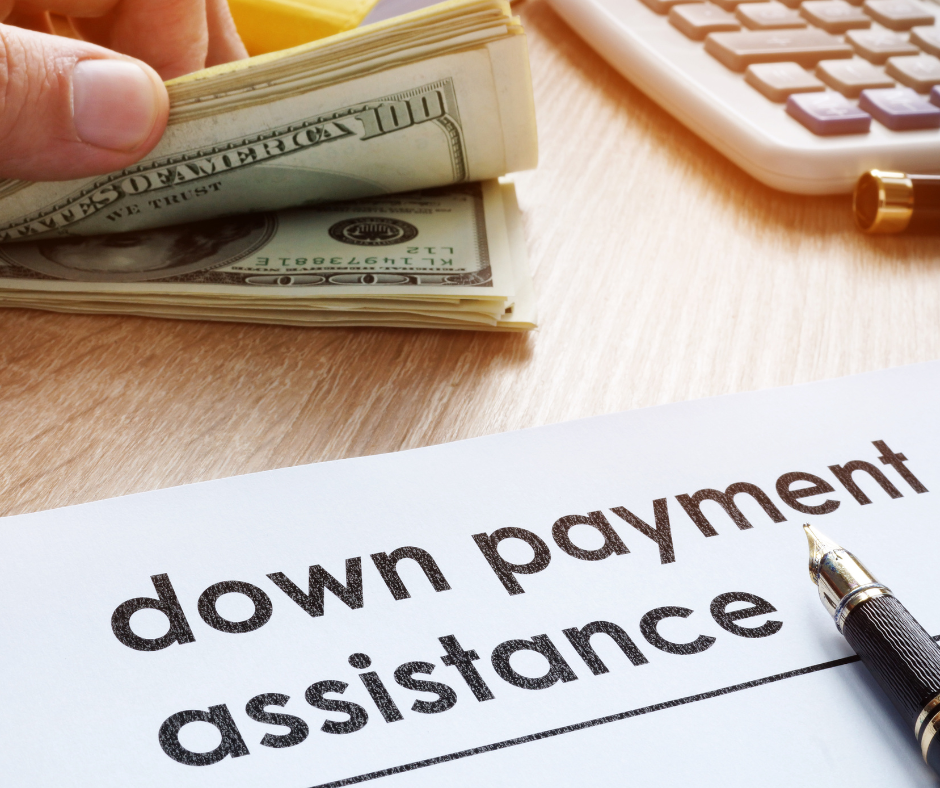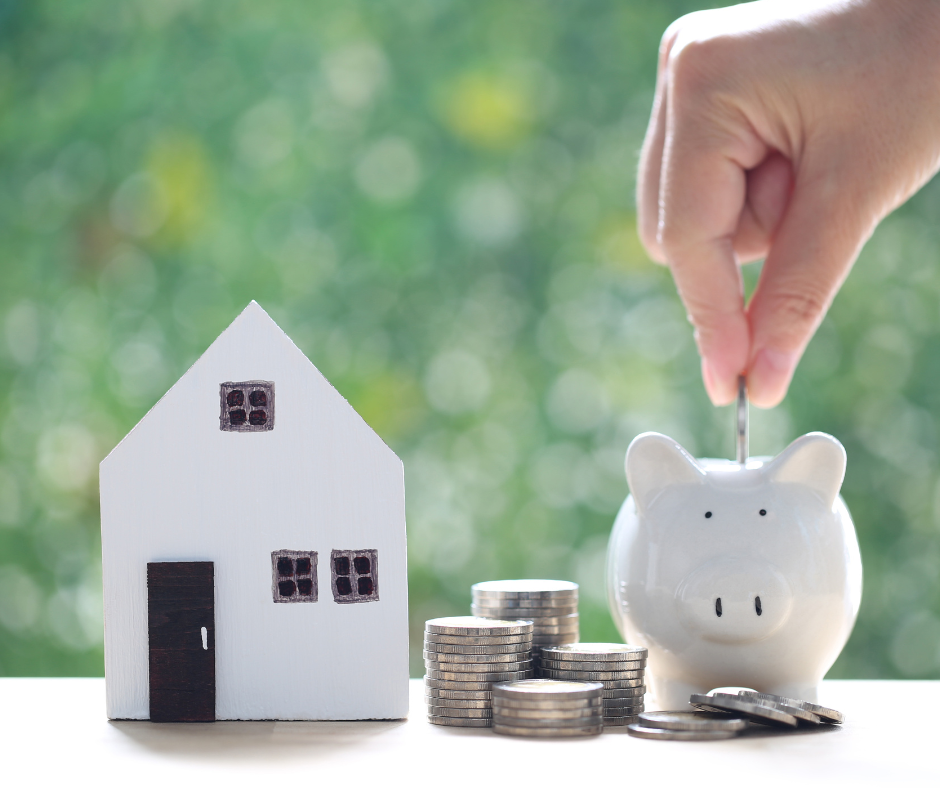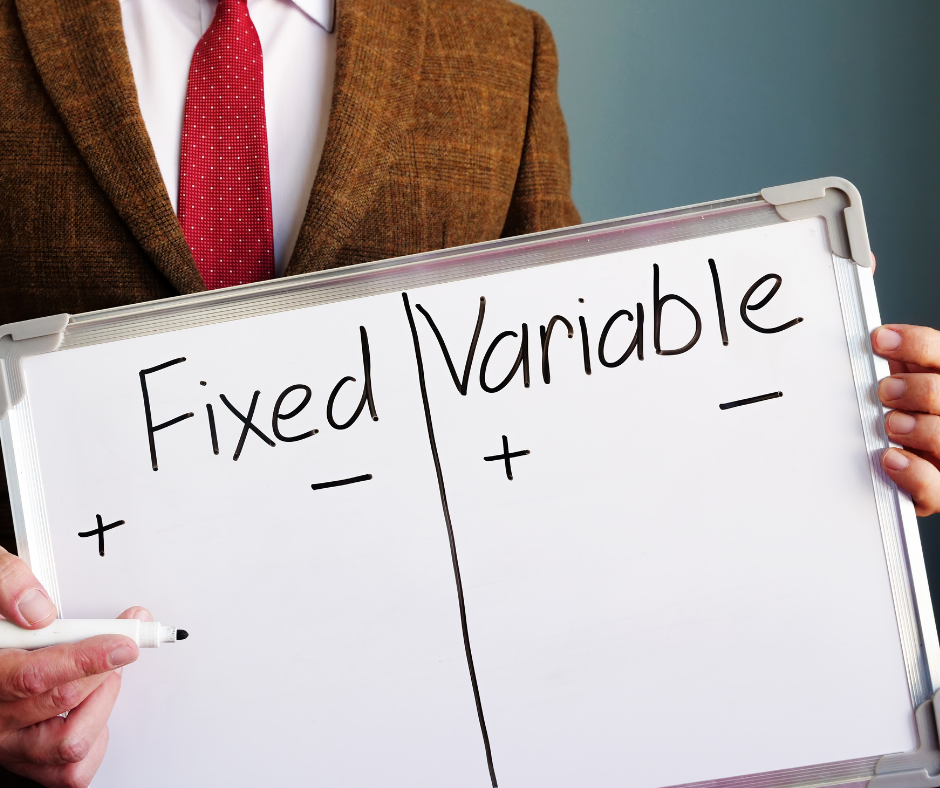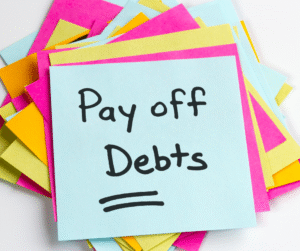Down payment assistance programs: who qualifies and how to apply
Down payment assistance programs can ease your path to homeownership. Find out if you qualify and how to get started today.
Down payment assistance programs are becoming essential tools for many aspiring homeowners, especially first-time buyers who are struggling to save.

With home prices climbing and wages not always keeping pace, the idea of setting aside 10% or even 20% of a home’s price for a down payment feels out of reach. These programs are designed to help bridge that gap and make homeownership more realistic for qualified buyers.
What are down payment assistance programs?
Down payment assistance programs (DPAs) offer financial help that covers a portion (or sometimes all) of a home’s down payment or closing costs. They’re typically offered by government housing agencies, nonprofit organizations, or community development programs.
Here’s how they generally work:
- Grants: free money that doesn’t need to be repaid.
- Forgivable loans: loans that are erased after a set number of years, as long as you meet certain conditions (like staying in the home).
- Deferred-payment loans: loans that don’t require monthly payments and are only paid back when you sell, refinance, or finish paying off your mortgage.
- Low-interest second mortgages: these may require monthly payments, but at a reduced cost.
Each type has different terms and conditions, so it’s important to compare your options carefully.
Who qualifies for these programs?
While qualifications vary, most down payment assistance programs are intended to support those who need help the most. Here are the typical requirements:
- First-time homebuyer status: generally defined as someone who hasn’t owned a home in the last three years. However, some programs are open to repeat buyers in specific circumstances.
- Income limits: many programs target low-to moderate-income households. Income limits are usually based on a percentage of the area median income (AMI).
- Creditworthiness: while you don’t need perfect credit, most programs require a minimum credit score (typically 620 or higher).
- Home requirements: the property must usually be a primary residence, not an investment property or vacation home.
- Completion of education: a homebuyer education course is often mandatory. This course covers the basics of budgeting, home maintenance, and mortgage terms.
Some programs may also give priority to certain groups, such as veterans, teachers, or public service workers.
How to apply for down payment assistance programs
The application process may feel complex at first, but breaking it down can make it more manageable:
- Research local options: start with your state or city housing agency’s website. Many offer online tools to check your eligibility.
- Work with a knowledgeable lender: find a lender who has experience with DPA programs and can help you navigate the process.
- Complete a homebuyer course: this may be required and is typically offered for free or at a low cost.
- Prepare your documents: expect to provide proof of income, recent tax returns, bank statements, and credit information.
- Apply early: funding is limited and competitive. Submitting a complete application early improves your chances.
Turning challenges into opportunities
Down payment assistance programs don’t guarantee homeownership, but they can give you a meaningful advantage. If you’re facing financial roadblocks, exploring these options might make the difference between continuing to rent and building equity in your own home.
Look into what’s available in your area. You may be closer to your goal than you think.






